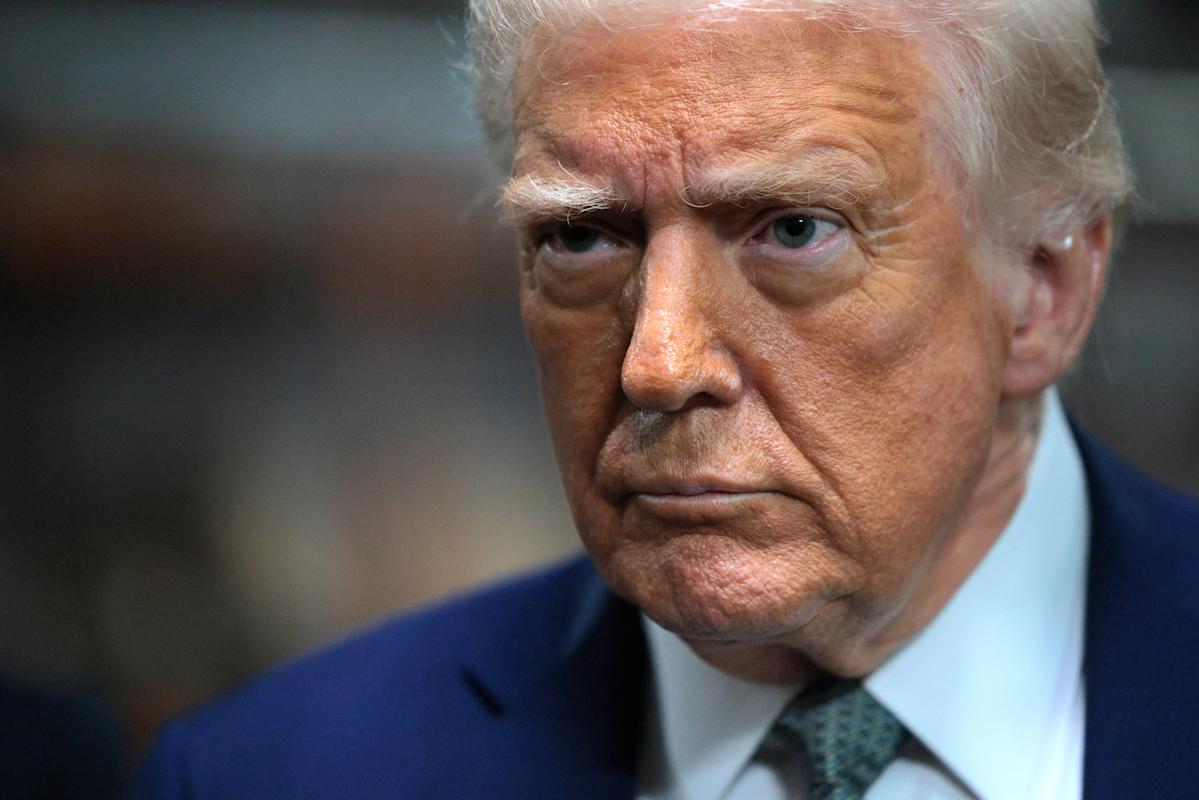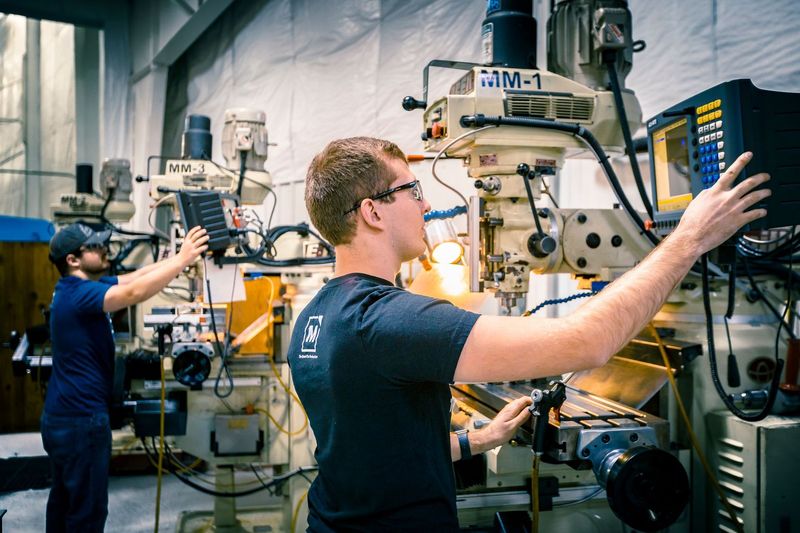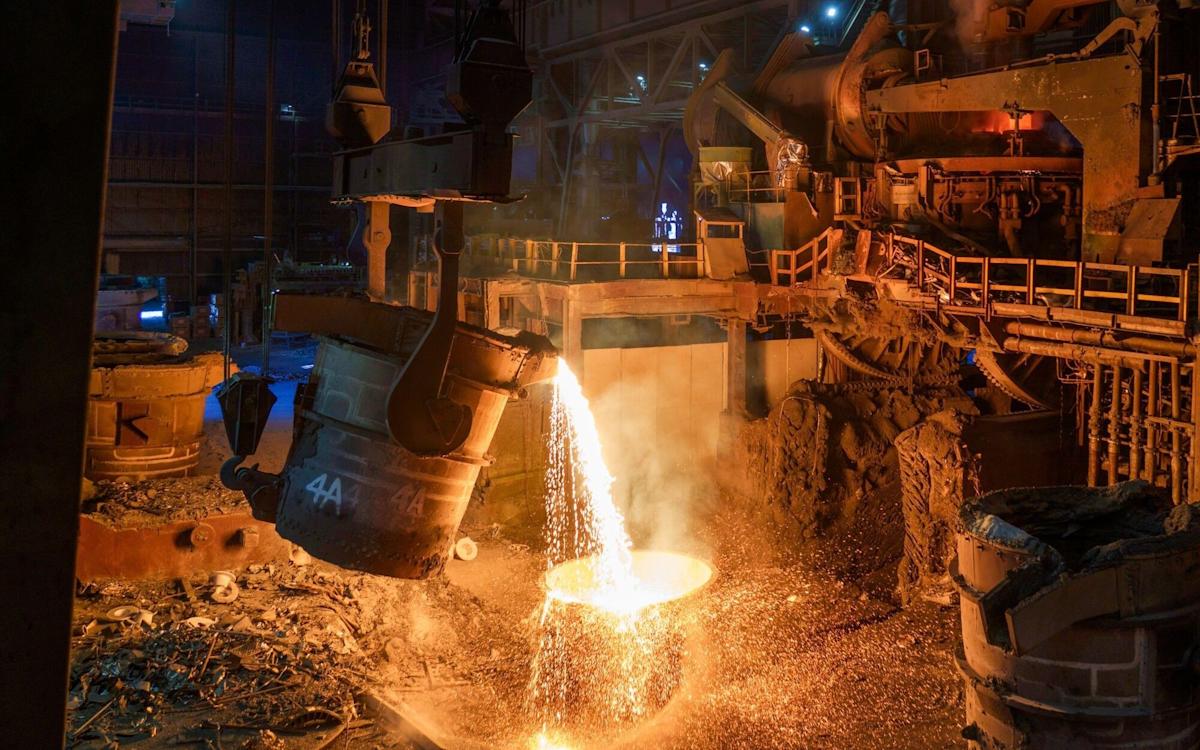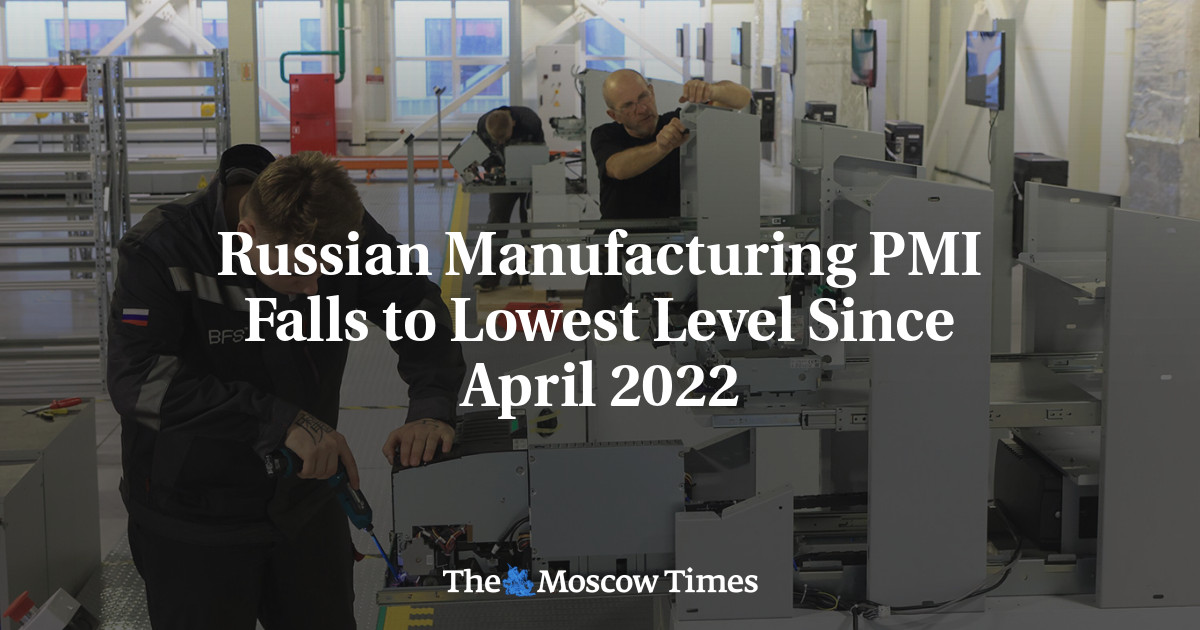Beyond the Factory Floor: Why Trump's Manufacturing Nostalgia Misses the Mark
Manufacturing
2025-03-17 20:27:39Content

Despite representing a mere 10% of the United States' economic landscape, manufacturing has become the unexpected powerhouse driving President Trump's economic strategy and trade policy. This seemingly disproportionate focus has sparked intense debate about the administration's approach to economic development and international trade relations.
While the manufacturing sector may appear small in percentage, its symbolic and strategic importance far outweighs its numerical representation. Trump's tariff policies and economic initiatives have consistently placed manufacturing at the center of his economic narrative, positioning it as a critical lever for job creation, economic revitalization, and national economic competitiveness.
The emphasis on manufacturing reflects a broader political and economic vision that seeks to reinvigorate traditional industrial regions, protect domestic industries, and challenge global trade dynamics. By prioritizing this sector, the administration aims to address economic anxieties in key swing states and appeal to workers who have felt marginalized by globalization and technological change.
However, economists and policy experts continue to debate the effectiveness and long-term implications of such a manufacturing-centric approach in an increasingly complex and interconnected global economy. The tension between protectionist policies and the realities of modern international trade remains a central challenge for policymakers.
The Manufacturing Paradox: How a Tenth of the Economy Shapes America's Economic Destiny
In the intricate landscape of American economic policy, a surprising protagonist emerges from the shadows of industrial complexity. Despite representing merely a fraction of the national economic framework, manufacturing has become the unexpected maestro conducting the symphony of economic strategy, particularly during the Trump administration's tenure.Unraveling the Economic Powerhouse Hidden in Plain Sight
The Disproportionate Influence of Manufacturing
Manufacturing, though constituting only 10% of the United States' economic ecosystem, wields an influence far beyond its numerical representation. This sector has become a critical lever in shaping trade policies, international negotiations, and economic strategic planning. The seemingly modest industrial segment acts as a powerful catalyst, driving policy decisions that reverberate across global economic landscapes. The intricate relationship between manufacturing and economic policy reveals a complex narrative of strategic positioning. Policymakers recognize that this sector represents more than just production—it symbolizes national technological capability, innovation potential, and economic resilience. Each manufacturing job creates multiple ancillary employment opportunities, creating a multiplier effect that extends far beyond factory floors.Tariffs as Economic Weaponry
The implementation of tariffs represents a nuanced strategy of economic diplomacy. By strategically targeting specific industrial sectors, the government can exert pressure on international trade partners, reshape global supply chains, and protect domestic manufacturing interests. These economic instruments are not merely financial mechanisms but sophisticated geopolitical tools designed to recalibrate international economic relationships. Trump's administration demonstrated an unprecedented commitment to leveraging manufacturing as a cornerstone of economic policy. By imposing targeted tariffs, the government sought to rebalance trade dynamics, incentivize domestic production, and challenge long-established international economic paradigms. This approach transformed manufacturing from a passive economic component into an active strategic instrument.Global Economic Repositioning
The manufacturing sector's strategic significance extends beyond domestic considerations. In an era of increasing global economic interconnectedness, each policy decision ripples through international markets. Tariffs and manufacturing-focused strategies become sophisticated chess moves in a complex geopolitical game, where economic leverage translates into diplomatic influence. Countries worldwide observe and respond to these manufacturing-driven policies, recognizing that industrial strategy represents national economic sovereignty. The United States' approach signals a broader trend of nations seeking to reassert control over their economic destinies, with manufacturing serving as the primary mechanism of this recalibration.Technological Innovation and Economic Transformation
Modern manufacturing transcends traditional production paradigms. Today's industrial landscape is characterized by advanced technologies, artificial intelligence, robotics, and sophisticated digital infrastructure. This technological revolution transforms manufacturing from a labor-intensive sector into a knowledge-driven ecosystem of innovation and strategic value. The intersection of technology and manufacturing creates unprecedented opportunities for economic reinvention. By investing in cutting-edge industrial capabilities, nations can position themselves at the forefront of global economic competition, using manufacturing as a springboard for broader technological and economic advancement.Future Economic Horizons
As global economic dynamics continue evolving, manufacturing's role will likely become even more sophisticated. The sector represents not just a production mechanism but a critical nexus of technological innovation, economic strategy, and national competitiveness. Policymakers must recognize and nurture this potential, understanding that manufacturing's true value extends far beyond its immediate economic contribution. The ongoing transformation suggests that manufacturing will remain a pivotal element in shaping economic narratives, challenging traditional understanding, and driving innovative approaches to national and international economic development.RELATED NEWS
Manufacturing

Solar Startup Tandem PV Secures Massive $50M Boost to Revolutionize US Manufacturing
2025-03-05 08:48:43
Manufacturing

Robots, Algorithms, and Assembly Lines: How AI is Transforming Manufacturing's Future
2025-03-11 09:00:00
Manufacturing

Breaking: Dover's Trailblazing Women Honored with Prestigious Manufacturing Leadership Awards
2025-03-06 21:15:00




